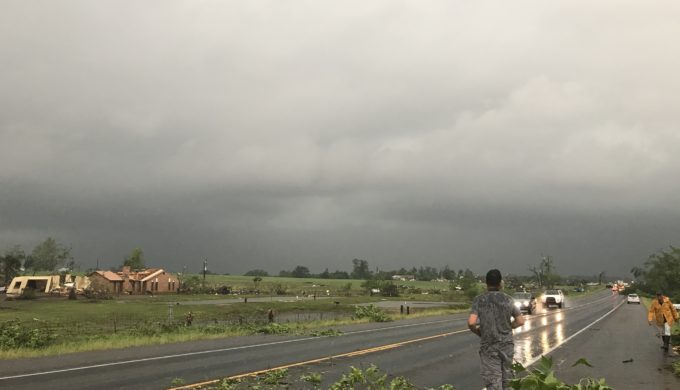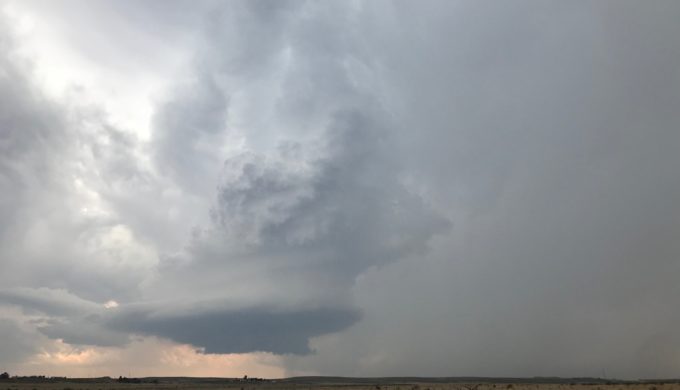With 268,597 square miles, Texas boasts a wide variety of terrain. The Lone Star State has beautiful Gulf Coast beaches, the beloved Hill Country, and the vast open fields and high terrain of west Texas. East Texas is home to wetlands and endless pine forests. North Texas and south Texas enjoy the two largest rivers in the state. Despite the topographical differences, all of Texas endures fierce storms.
 Matt Phelps
Matt Phelps
Lifestyle
Safety for Storm Chasing Across the Lone Star State

Photo: Matt Phelps
Texas is, of course, one of the most severe weather-prone states in the country. Even as storm tracking technology has improved over the last 50 years, the National Weather Service still heavily relies on field reports from storm spotters and storm chasers. For storm chasers, tracking severe weather across Texas can be challenging. While Doppler Radar is a critical tornado detection tool, the high terrain of west Texas and limited radar range can often negatively influence the radar’s view of the storms. Storm chasers are the eyes and ears in these situations. Armed with cell phones and HAM radios, storm chasers can quickly relay life-saving information to the National Weather Service.
Safely observing severe thunderstorms in Texas can also be challenging. The pine forests of east Texas severely limit safe viewing opportunities. The low shrubs and hills of central Texas also prove to be difficult. Maintaining a safe distance from severe storms is easiest across north and west Texas, where rolling plains and open farmland allow much easier and safer views. Those same rolling plains are also home to some of Earth’s most violent thunderstorms. The Texas Panhandle experiences many of these intense tornadoes and hail storms, and storm chasers spend countless hours each year tracking these powerful storms and reporting to the National Weather Service.

Photo: Matt Phelps
While storm chasing has exploded in popularity, storm chasers still share the common goal of safely and accurately reporting severe weather. When a tornado strikes homes or a town, storm chasers are often the first on the scene. Jarrell, Texas, was struck by Texas’s most recent F5 tornado. The unusual storm movement made for a challenging storm chase that ended with the absolute devastation of the small central Texas town.
Storm chasers pulled injured residents from the rubble shortly after the tornado dissipated while waiting for emergency personnel to arrive. Even with the attendant risks of pursuing severe storms, storm chasers from all over visit some of Texas’s most challenging terrain and provide a vital service to the residents of this great state. If you’d like to safely spot storms, the National Weather Service offers storm spotter training annually at locations across Texas.


